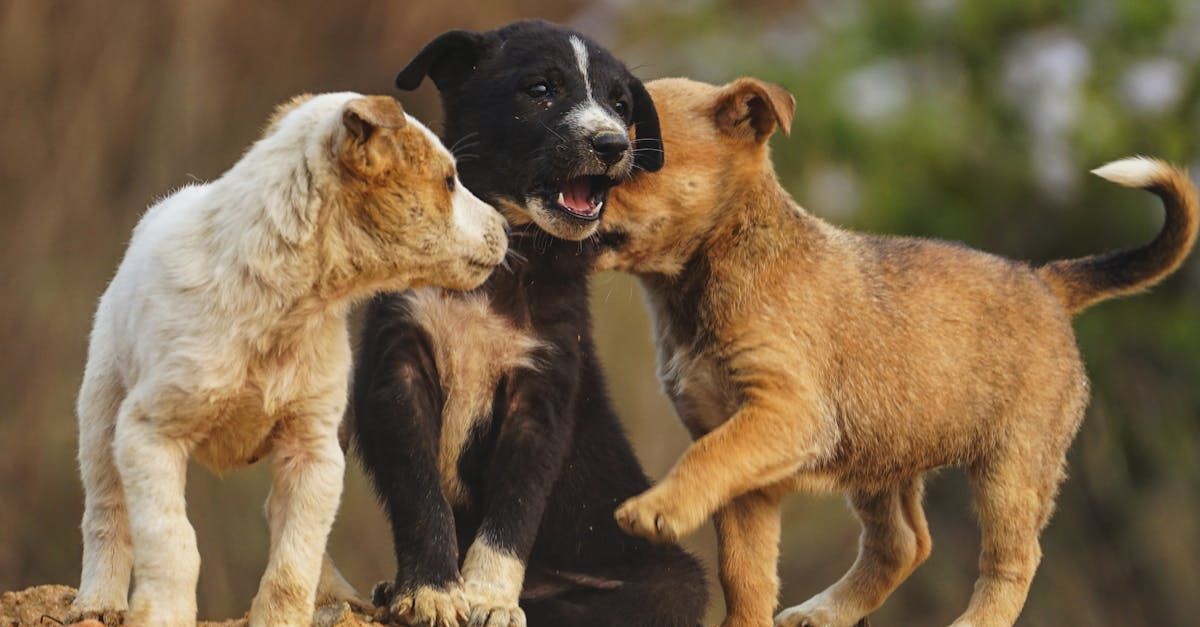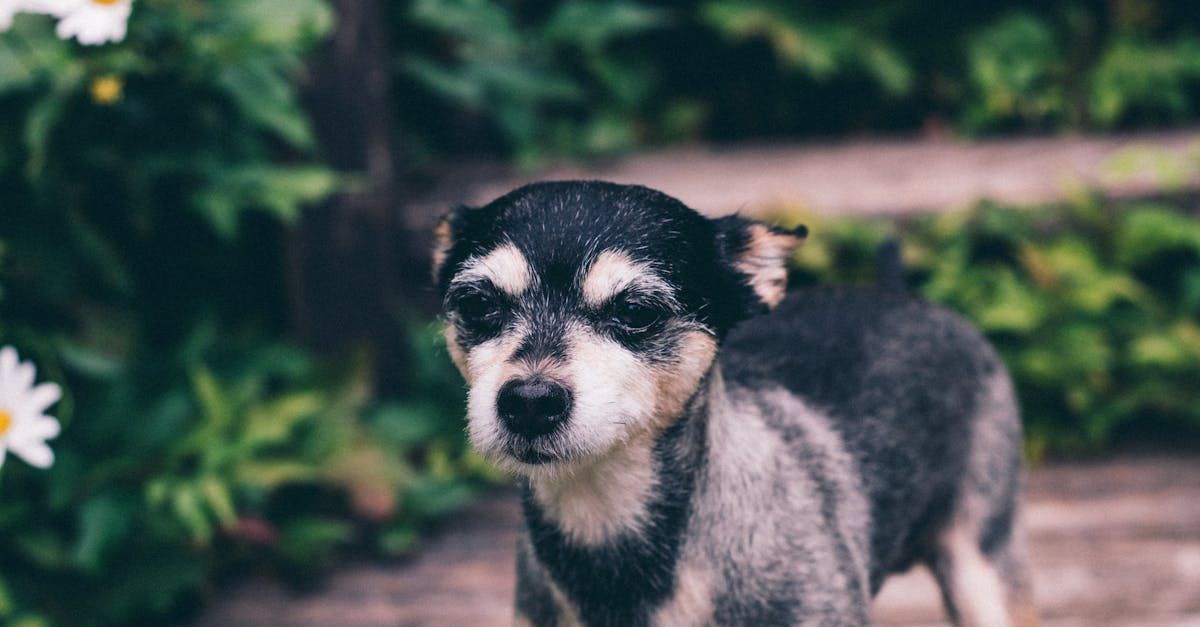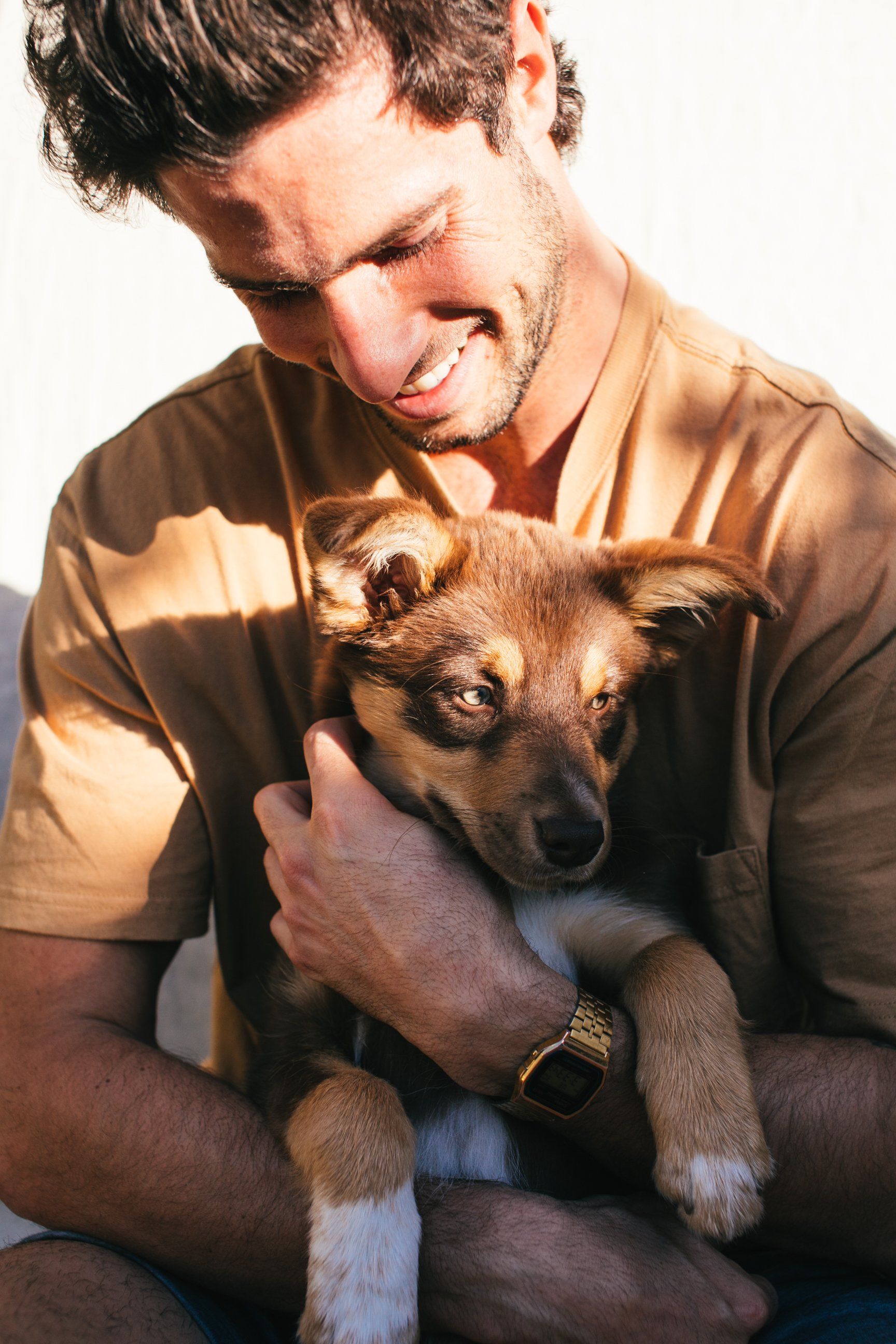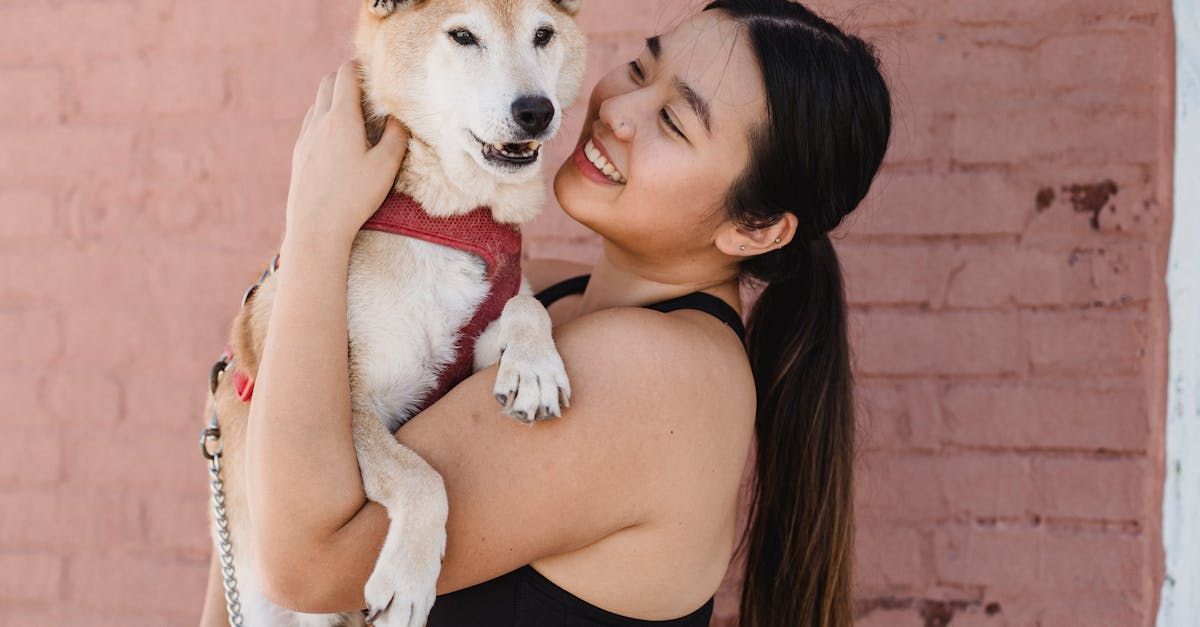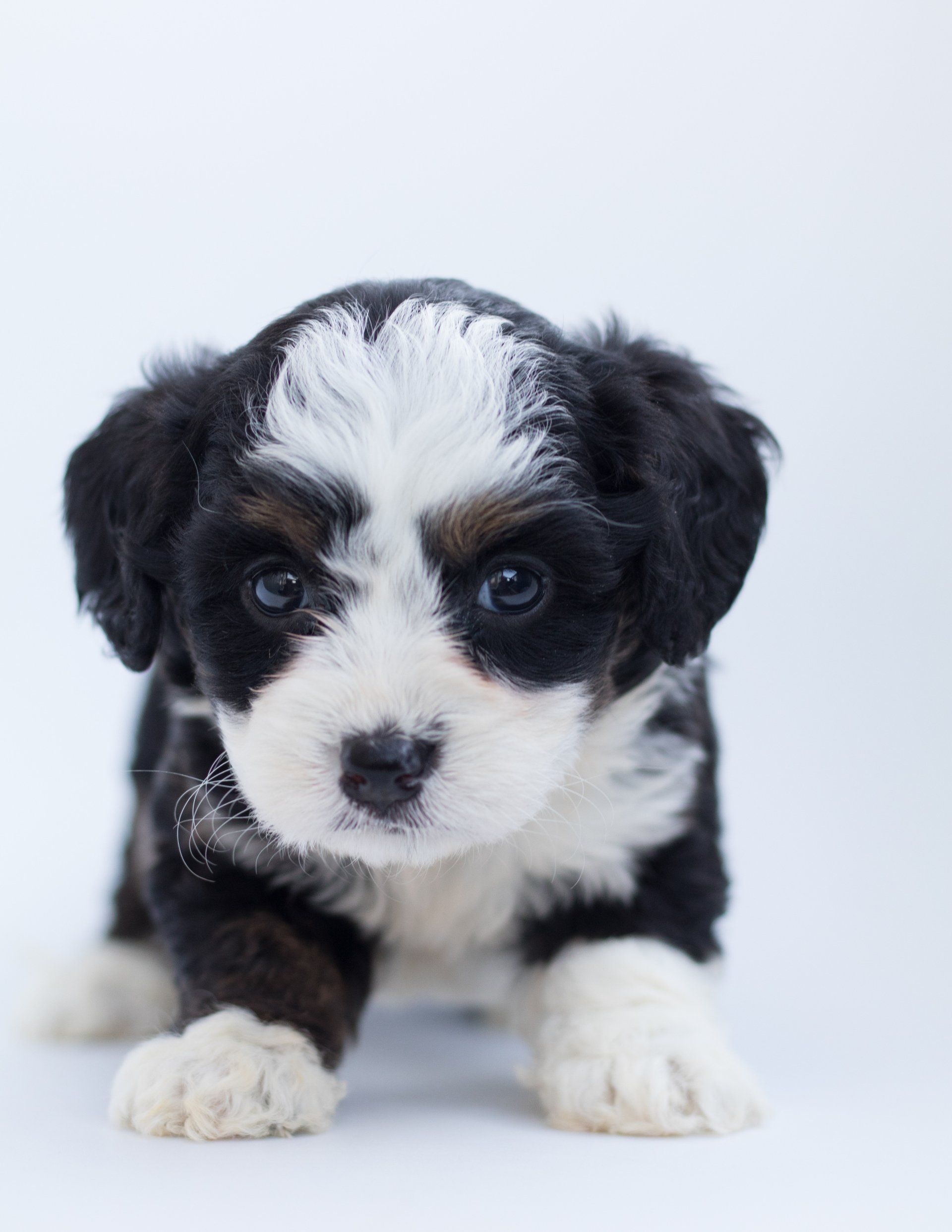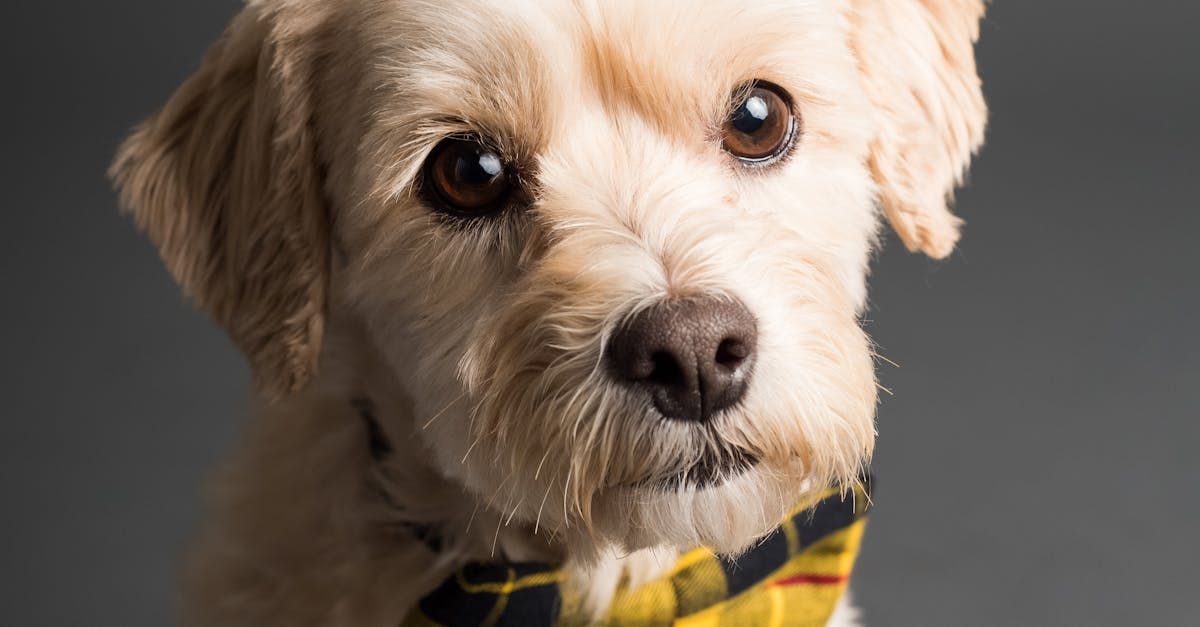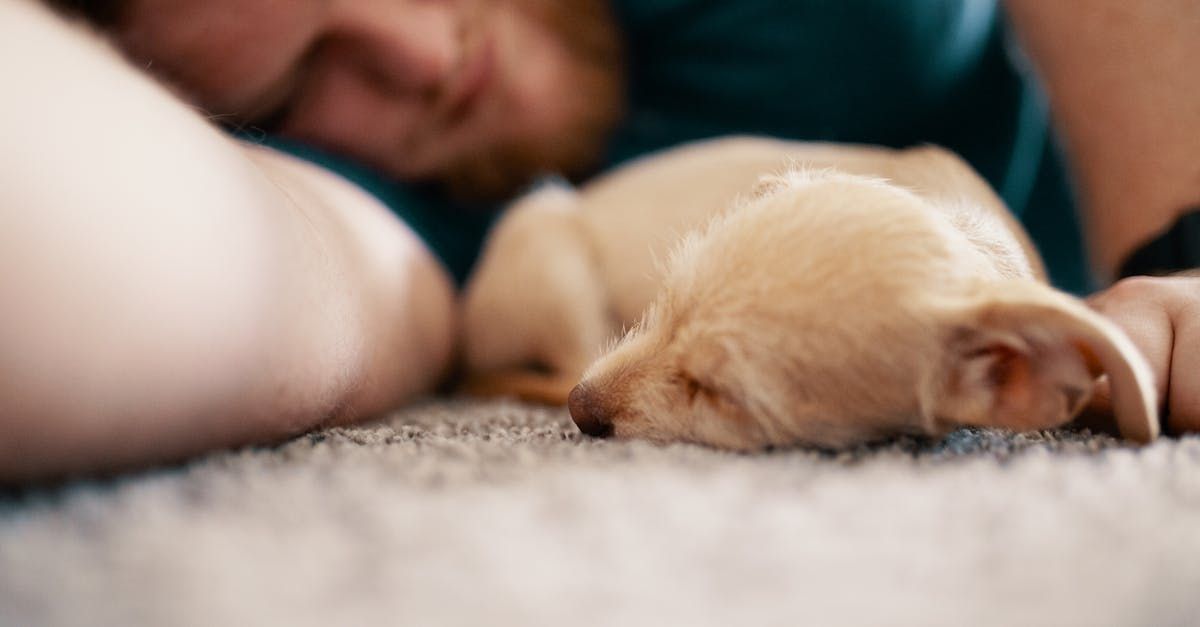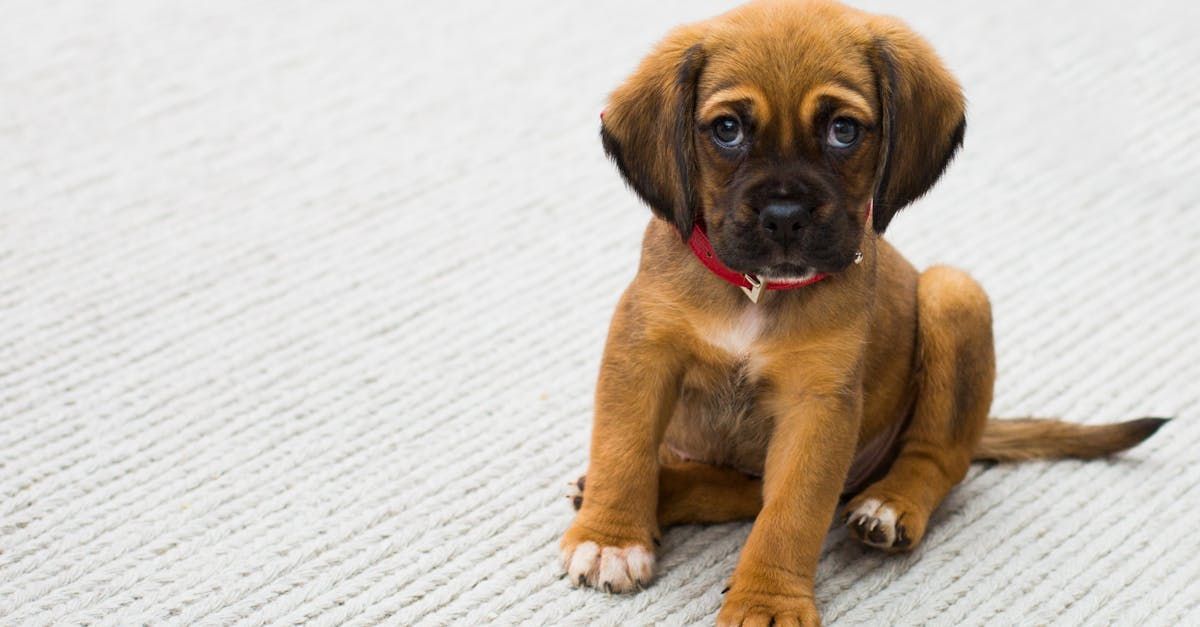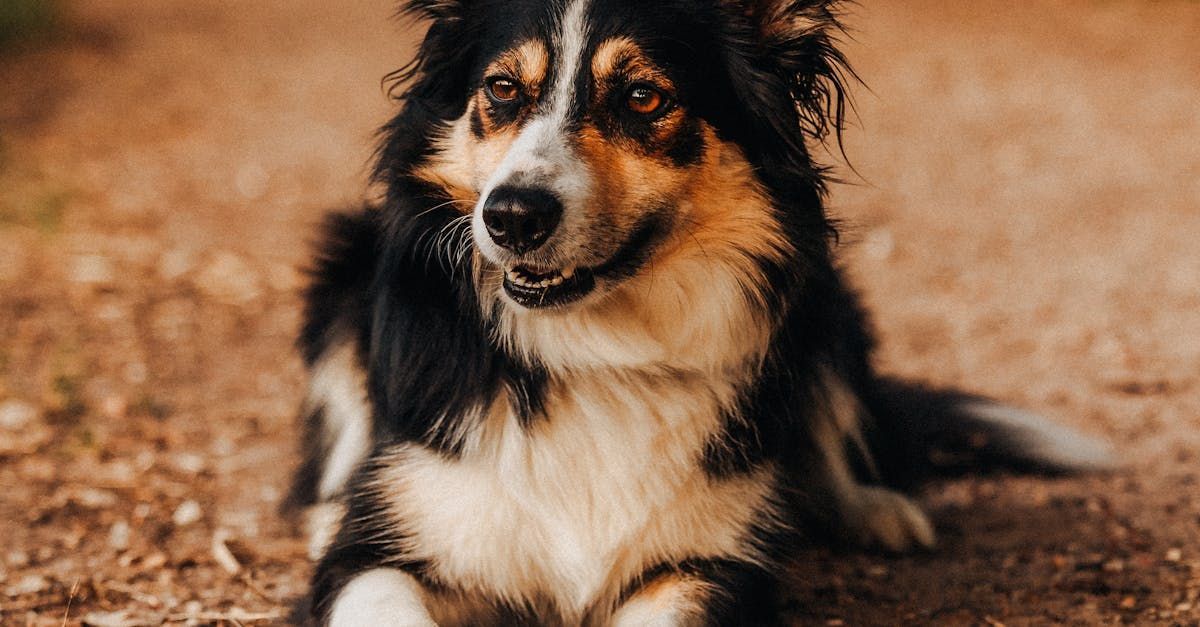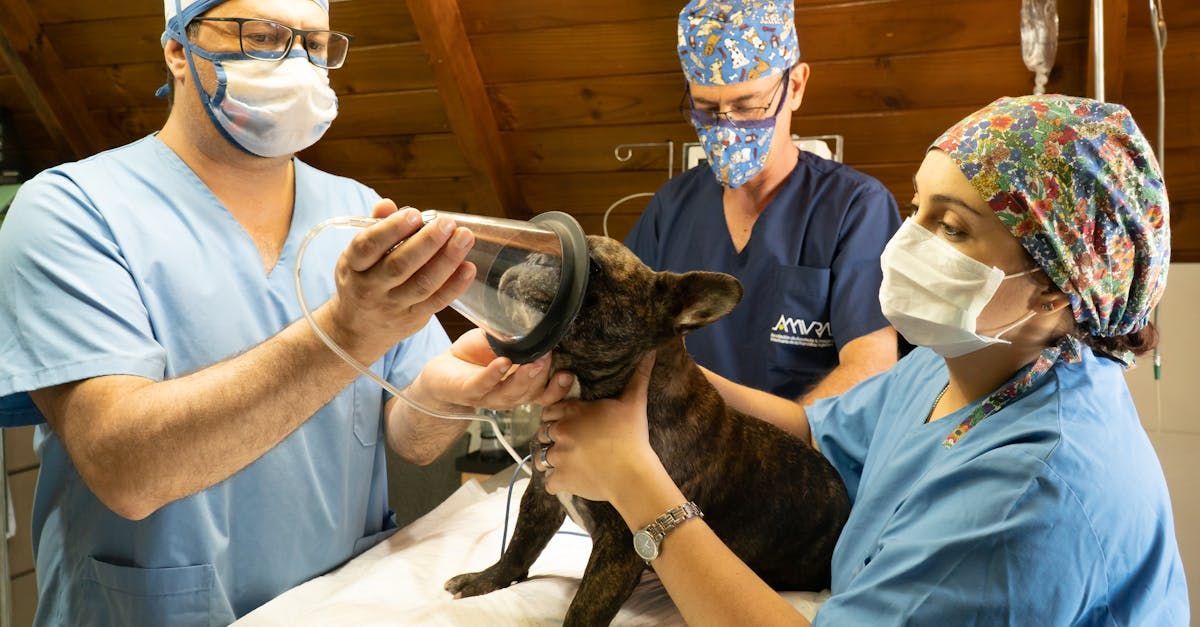Introducing Your New Puppy to Your Home:
Bringing your new puppy home
Bringing home a new puppy is an exciting milestone, but it's important to make the introduction to their new environment as smooth and positive as possible. Whether you've adopted a young puppy from a rescue or welcomed an older dog into your home, the first few days are crucial for establishing routines, building trust, and ensuring your puppy feels safe and secure. In this blog post, we'll walk you through a step-by-step guide on how to introduce your new puppy to your home, creating a warm and welcoming environment for them to thrive.
Preparing Your Home
Puppy-proofing your home is the first step before bringing your new furry friend home. Remove any potential hazards such as electrical cords, toxic plants, small objects that could be swallowed, and secure cabinets or areas you want to restrict access to.
Create a designated space for your puppy that includes a comfortable bed or crate, food and water bowls, toys, and a designated potty area if possible. Having a safe space allows your puppy to acclimate gradually to their new surroundings.
Arrival Day
Keep introductions calm and positive on the first day. Limit visitors and other pets until your puppy has had time to settle in. Provide a warm greeting and allow your puppy to explore their designated space at their own pace.
Establishing a Routine
Consistency is key in helping your puppy adjust to their new home. Establish a daily routine for feeding, bathroom breaks, playtime, and training sessions. Predictability helps reduce anxiety and builds trust.
Introduce your puppy to their new surroundings gradually. Start with one or two rooms initially, gradually expanding their access as they become more comfortable and familiar with their new environment.
Socialization and Bonding
Spend quality time bonding with your puppy through gentle petting, talking in soothing tones, and offering treats as rewards for positive behaviors. This helps build a bond of trust and reinforces your role as a caregiver.
Gradually introduce your puppy to other family members, including children and pets, in a controlled and supervised manner. Ensure interactions are positive and allow your puppy to retreat to their safe space if they become overwhelmed.
Training and Positive Reinforcement
Begin basic training such as crate training, leash walking, and basic commands (sit, stay, come) using positive reinforcement techniques. Reward good behavior with treats, praise, and affection to encourage learning and build confidence.
Use consistent cues for potty training and take your puppy to their designated potty area frequently, especially after meals, naps, and playtime. Be patient and celebrate successes to reinforce desired behaviors.
Safety and Well-being
Monitor your puppy's health closely during the first few weeks. Schedule a veterinary check-up soon after adoption for vaccinations, deworming, and a general health assessment. Discuss nutrition and preventive care with your vet.
Keep your puppy physically and mentally stimulated with appropriate toys, interactive play, and daily walks once they are old enough. Mental stimulation and exercise help prevent boredom and promote a healthy lifestyle.
Conclusion
Introducing your new puppy to your home is a process that requires patience, understanding, and a commitment to creating a positive environment. By preparing your home, establishing routines, socializing, training with positive reinforcement, and prioritizing your puppy's safety and well-being, you'll set the stage for a loving and fulfilling relationship.
Embrace the journey of welcoming your new puppy into your family, cherish the moments of bonding and growth, and enjoy the companionship and joy they bring into your life. With time and patience, your puppy will settle into their new home and become a cherished member of your family for years to come.



